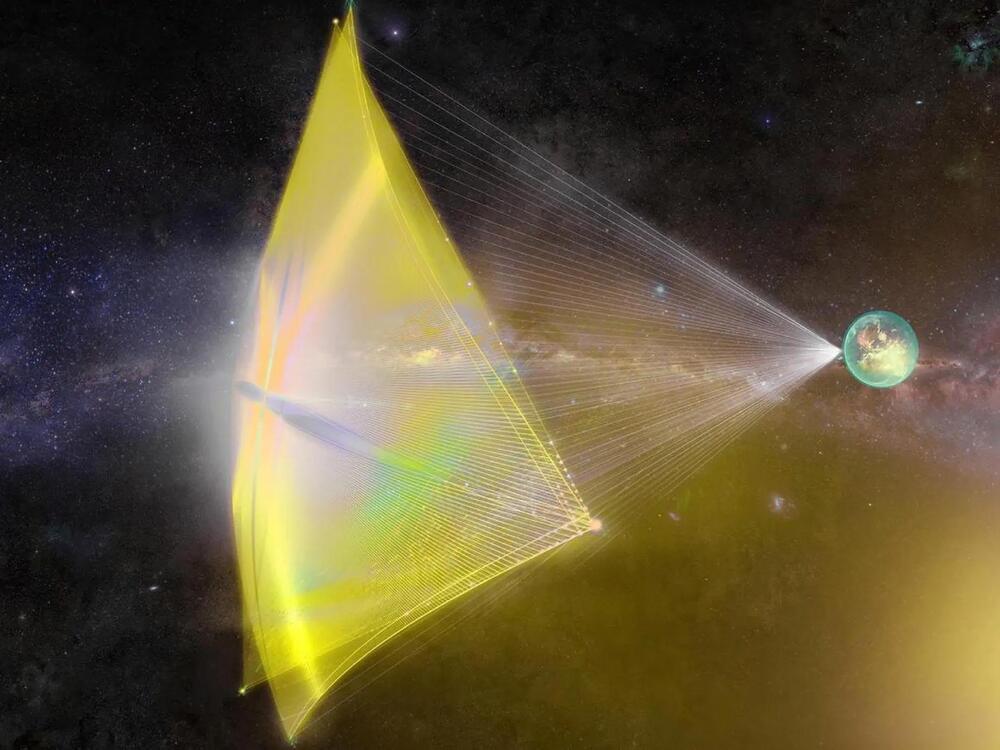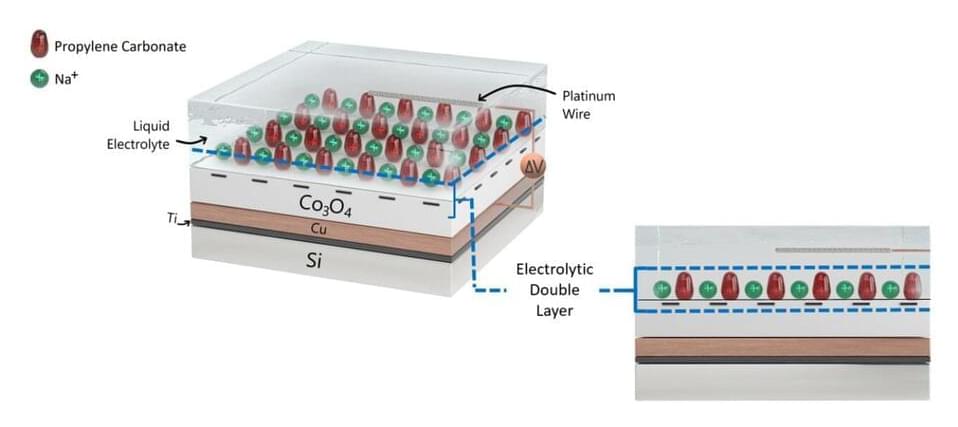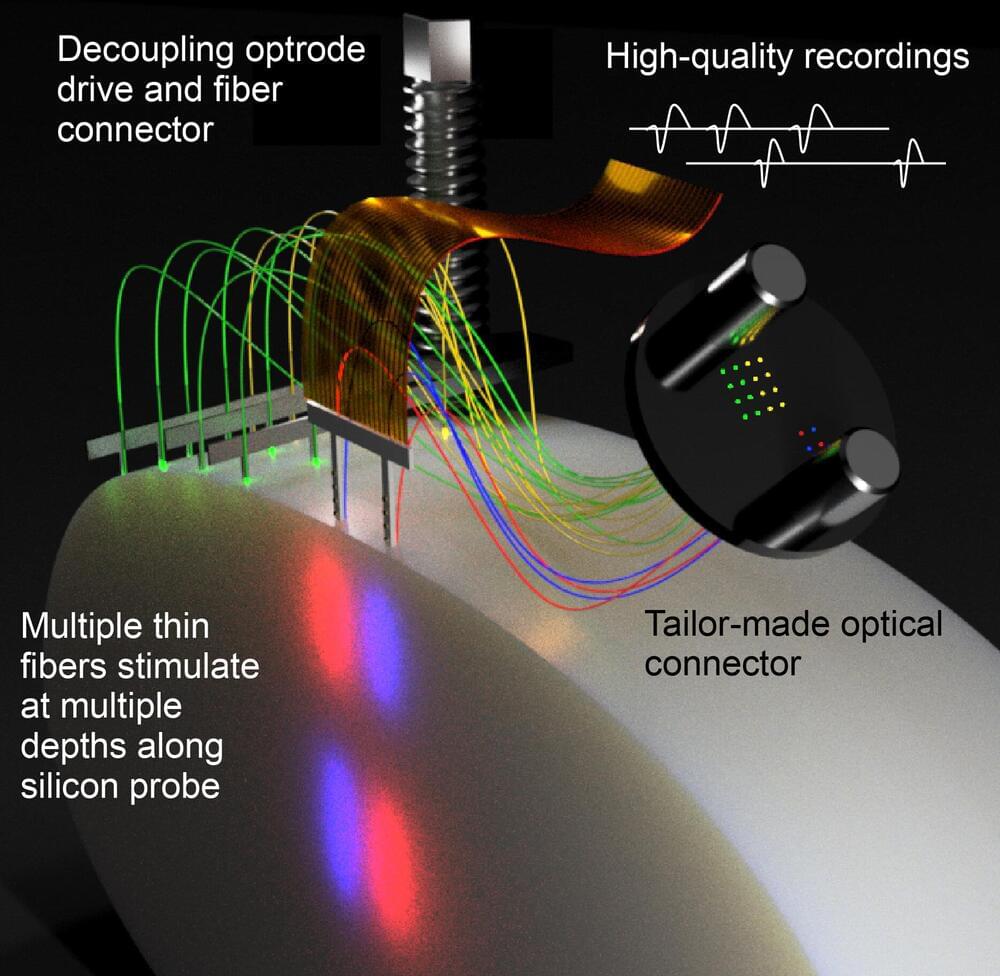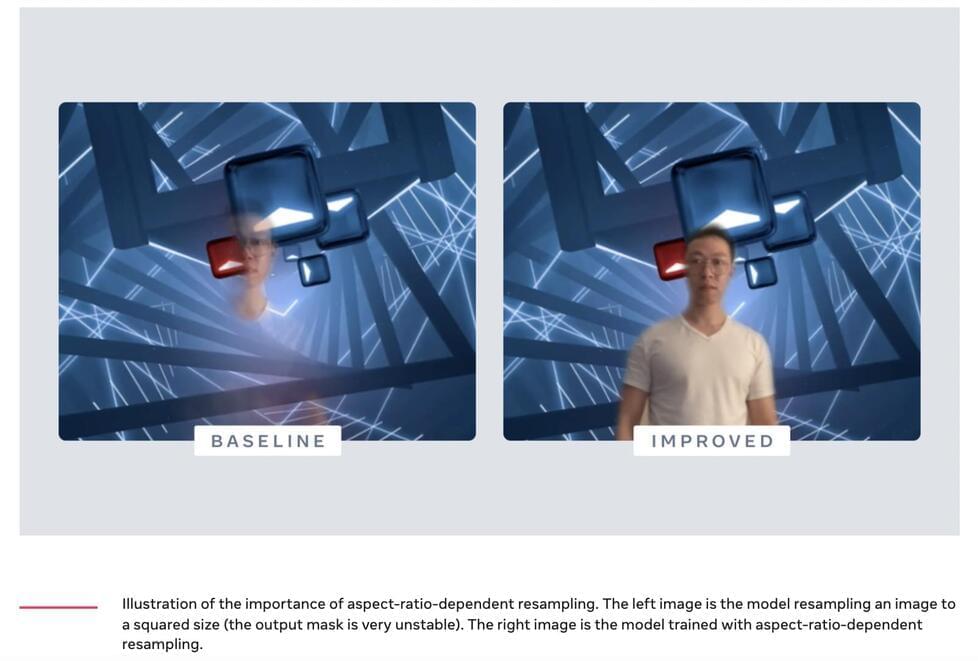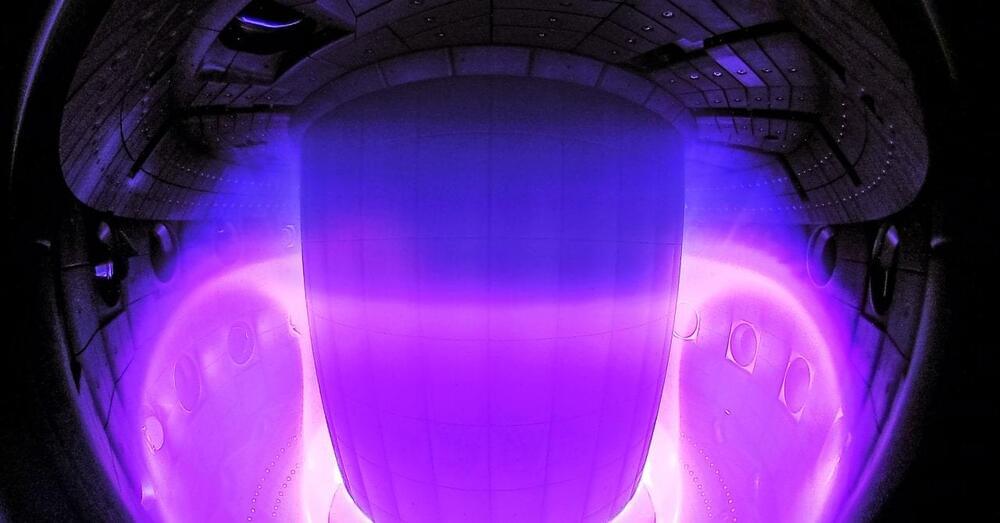Mar 2, 2022
Crisis in Particle Physics Forces a Rethink of What Is ‘Natural’
Posted by Shubham Ghosh Roy in categories: information science, particle physics
Quanta Magazine.
In The Structure of Scientific Revolutions, the philosopher of science Thomas Kuhn observed that scientists spend long periods taking small steps. They pose and solve puzzles while collectively interpreting all data within a fixed worldview or theoretical framework, which Kuhn called a paradigm. Sooner or later, though, facts crop up that clash with the reigning paradigm. Crisis ensues. The scientists wring their hands, reexamine their assumptions and eventually make a revolutionary shift to a new paradigm, a radically different and truer understanding of nature. Then incremental progress resumes.
For several years, the particle physicists who study nature’s fundamental building blocks have been in a textbook Kuhnian crisis.
Continue reading “Crisis in Particle Physics Forces a Rethink of What Is ‘Natural’” »



